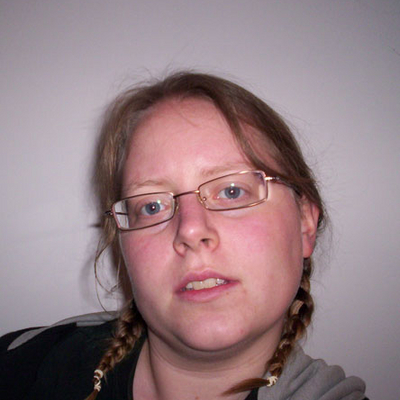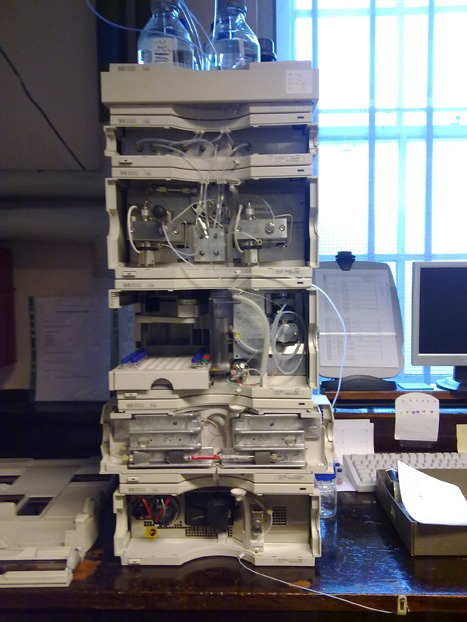Nora Bosscher
- Course
- Cultureel erfgoed
- Class
- 2011
Different aspects of the CHARISMA project
The optimisation of a mild extraction method for organic colorants;
The application of developed methods;
The development of research communication.
The subject of this thesis is the investigation of a new method for analysing natural organic
colorants, as a part of the CHARISMA project, to create a better understanding of organic
materials in cultural heritage.
Two mild extraction methods (oxalic acid and formic acid) were tested and compared to the
‘standard’, hydrochloric acid, extraction method, to analyse organic colorants with the High
Performance Liquid Chromatography. 11 different reference pigments, coloured with 8
different colorants and 9 different reference textiles, coloured with 7 different colorants
were tested under different conditions (time and temperature of extraction and acid
concentration). This resulted in an optimised extraction for organic colorants with oxalic
acid (0.5M) at 80°C for 15 minutes. This extraction method can be adapted with DMF or
DMSO for the extraction of indigoids and safflower. Extraction with formic acid also led a
satisfactory result, but the extraction was not as strong, and fewer components were
extracted.
Using the developed oxalic acid extraction method, five textile samples of the Hildesheim
altar were analysed. One sample contained a luteolin colorant, probably Dyer’s broom. The
three red samples contained a mixture of an Insect dye and a Madder dye. In one yellow
sample no organic colorant could be identified. The powder found inside a Roman glass bird
shaped vessel could not be identified.
Five raw plant materials (two madder species, a sappanwood, a padoga tree and a Persian
gooseberry sample) from Bhutan and China were analysed, using extraction methods
(water and methanol) developed by CHARISMA, identifying the main components. The
detection of minor components will be helpful in identifying and analysing non-Western
colorants.
A potentially better understanding of the research results and the communication of their
findings were created by highlighting some problems concerning them. As an example of an
open and interactive way of communicating, and part of the CHARISMA project to share
information between researchers, a searchable online database was presented and created
to help overcome the difficulties of communicating research findings and to improve the
researcher’s understanding of them. This database contains the references to literature
articles describing the extraction methods used for natural organic colorant analysis using
separation techniques.

